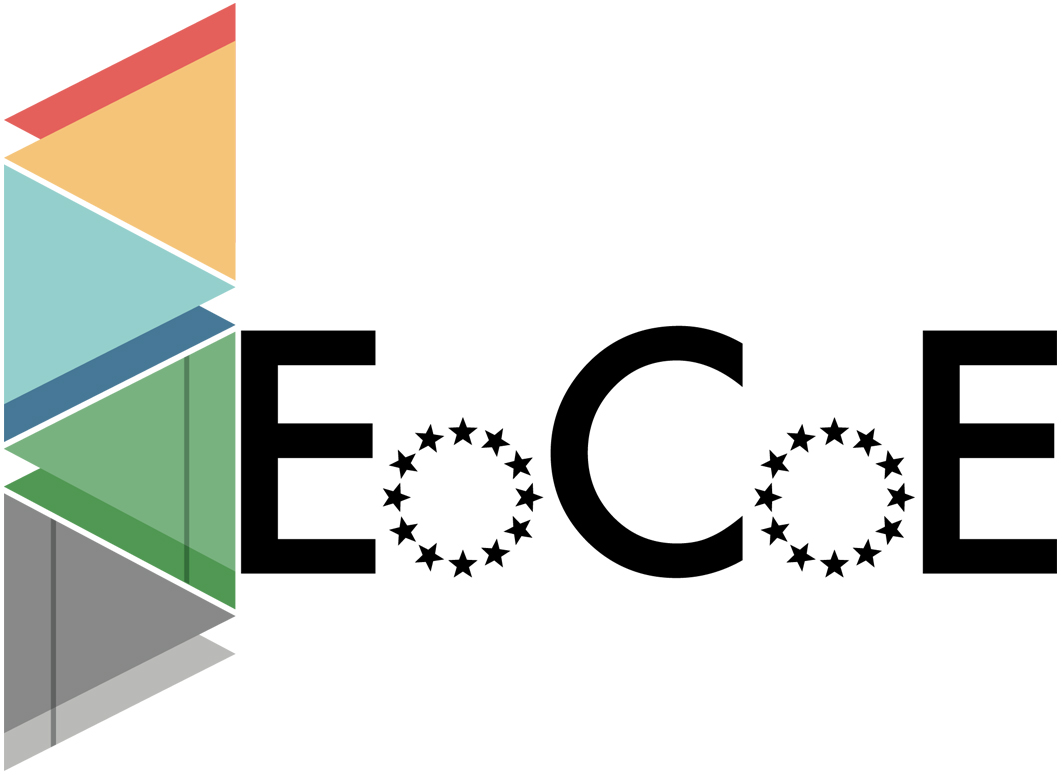Abstract: Reduction of the carbon footprint of historic buildings is urgent, given their exceptionally large energy demand. In this study, the performance and cost of a roof mounted photovoltaic system has been simulated for Bath Abbey, a grade I listed building, to test the financial viability of installing such a system. The electrical output of the panels was generated by the software package PVsyst with inputs such as the known dimensions of the Abbey, historical weather data, the orientation of the Abbey’s roof, module azimuthal and tilt angles and shading by the spire and roof features. An important result is that even though the roof is not shadowed by other buildings, shading causes a 19% loss of peak power. This model was used to determine a recommended configuration comprising 164 solar panels, separated into two subsystems located on two parts of the roof, each with an inverter. Its predicted electrical output, 45 ± 2 MWh generated in the first year of operation, formed the basis of a cost–benefit analysis. This system will become profitable after 13.3 ± 0.6 years and provide a profit of £139,000 ± £12,000 over its 25-year lifetime. Financial stress tests were performed for key assumptions to ensure that this result was true in all likely scenarios. This result shows that it is likely to make financial sense to install a photovoltaic system on a historic grade I listed building.
Matthew J. Smiles, Adam M. Law, Adam N. Urwick, Luke Thomas, Lewis A. D. Irvine, Matthew T. Pilot, Alan R. Bowman, Alison B. Walker
Energy Science and Engineering, Volume10, Issue3, March 2022, Pages 892-902
https://doi.org/10.1002/ese3.1069

